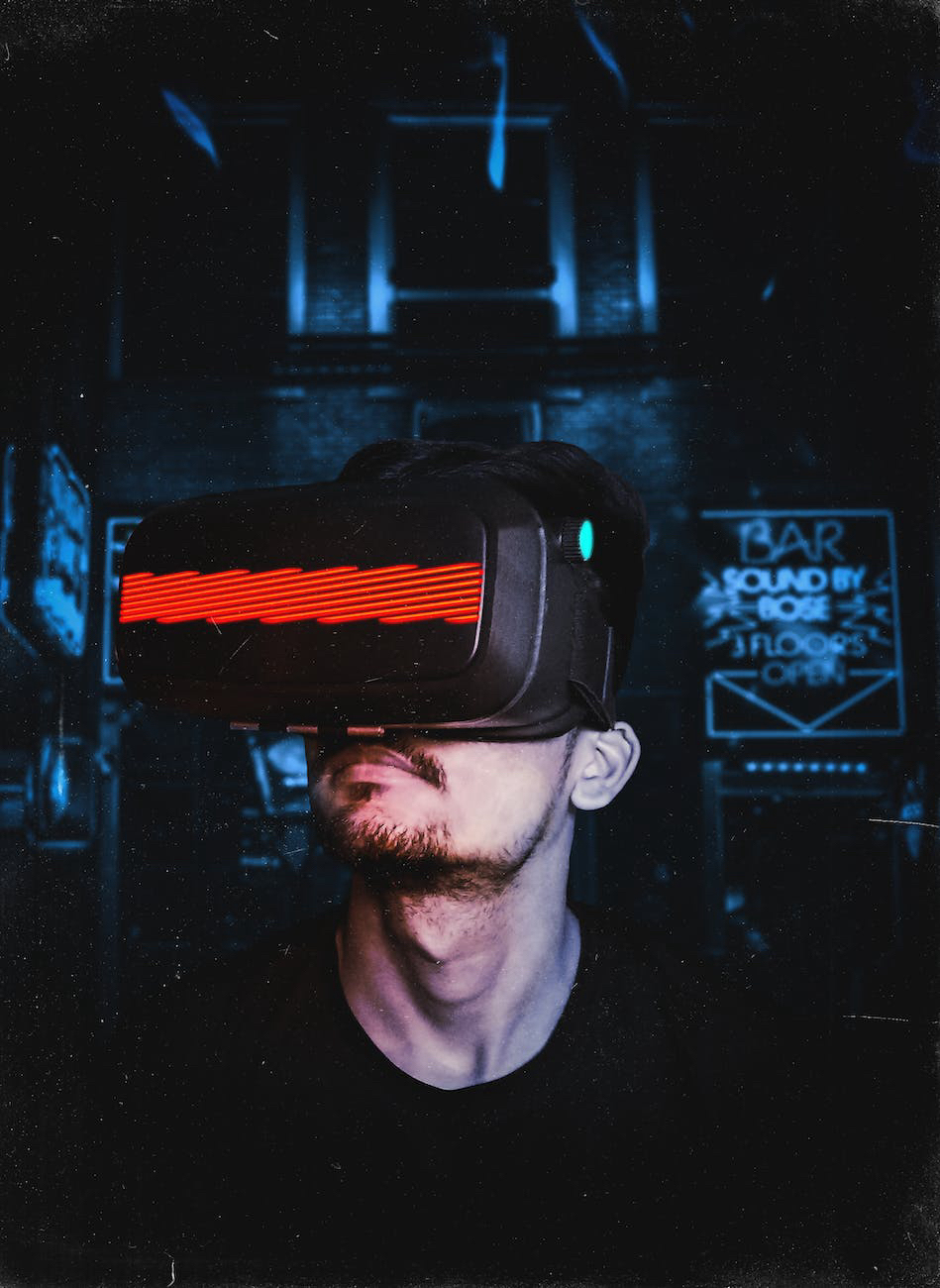Virtual reality (VR) is no longer just a futuristic concept; it has transcended its initial hype and is rapidly evolving into a powerful tool capable of transforming not just the way we play, but also how we learn, work, connect, and heal. While the immersive thrill of soaring through virtual skies or exploring ancient ruins beneath the waves remains an undeniable allure, VR’s true potential lies in its multifaceted applications that extend far beyond mere entertainment.
Reimagining Education: Imagine stepping into a virtual classroom where the walls dissolve, replaced by the awe-inspiring expanse of the cosmos. Students can explore the galaxies, navigate the human body, or witness historical events unfold firsthand, transforming learning from a passive act to an active, engaging, and unforgettable experience. VR can create interactive and visual representations of complex concepts, enhance understanding, improve retention, and foster a deeper connection to subject matter. This makes education more accessible, engaging, and effective for all, regardless of learning styles or geographical limitations.
Reinventing Collaboration: The limitations of physical space dissolve in the virtual world, opening up a universe of collaborative possibilities. Imagine attending a virtual conference with colleagues from across the globe, brainstorming ideas on a shared digital whiteboard, or collaborating on a project in real-time regardless of location. VR fosters a sense of shared presence and teamwork, eliminating geographical barriers and enabling seamless collaboration across time zones and physical limitations. This virtual workspace can revolutionize industries like design, engineering, and architecture,allowing teams to work together more efficiently and effectively than ever before.
Promoting Wellbeing: The therapeutic potential of VR is also gaining significant traction. Imagine undergoing a virtual therapy session, confronting phobias in controlled environments, or practicing mindfulness exercises within a calming virtual landscape. VR can be effectively utilized to treat anxiety, depression, post-traumatic stress disorder (PTSD), and even chronic pain. By creating safe and personalized virtual environments, VR can provide effective treatment options for various mental and physical health conditions, improving the lives of countless individuals.
Expanding Creativity: VR offers a boundless canvas for creative expression, allowing individuals to explore ideas,experiment with different perspectives, and build virtual worlds that reflect their unique vision. Imagine designing your own virtual home, composing music in a symphony orchestra, or painting masterpieces in a virtual gallery. VR empowers individuals to unleash their creative potential and push the boundaries of artistic expression.
Empowering Accessibility: VR has the potential to bridge the gap for people with disabilities, providing them with opportunities to experience activities and environments that may be physically limited or inaccessible. Imagine a paralyzed individual scaling a mountain in VR, a visually impaired person exploring the wonders of the Great Barrier Reef, or an autistic child interacting with other children in a safe and controlled virtual environment. VR can break down barriers and create opportunities for inclusion and participation for individuals of all abilities.
Beyond the Horizon: The future of VR is brimming with possibilities, limited only by our imagination. Imagine attending virtual concerts with global audiences, exploring distant planets in real-time, or even interacting with historical figures in their own time period. VR has the potential to revolutionize not just how we experience the world, but also how we interact with it, paving the way for a future of unprecedented connection, collaboration, and innovation.
Navigating the Challenges: While the potential of VR is vast, it’s crucial to acknowledge the challenges that need to be addressed to ensure its responsible and ethical development:
Accessibility: The high cost of VR headsets can create a disparity in access and limit its widespread adoption. Bridging the digital divide requires continuous innovation in hardware design, software development, and exploring alternative access options like mobile VR and cloud-based solutions.
Technical limitations: While VR technology has made significant strides, limitations regarding latency, visual fidelity,and processing power remain. Continued research and development are crucial to overcoming these technical hurdles,creating even more immersive and realistic VR experiences that seamlessly blend the virtual and real worlds.
Health and safety: Concerns regarding potential health risks like motion sickness, eye strain, and even psychological effects associated with prolonged exposure to VR environments require careful consideration. Implementing responsible usage guidelines, developing safety features within VR platforms, and conducting further research are essential to ensure the safe and healthy use of VR technology.
Ethical considerations: As VR technology evolves, ethical concerns regarding privacy, data ownership, and potential biases within VR platforms need to be addressed. Establishing clear ethical guidelines, fostering transparency, and promoting responsible development practices are crucial to ensure that VR benefits all, rather than exacerbating existing inequalities.
A Collaborative Effort: The future of VR is not predetermined; it is shaped by the choices we make today. By actively addressing existing challenges, embracing continuous innovation, and fostering collaboration between researchers,developers, policymakers, and the general public, we can unlock VR’s full potential and harness its power to improve our lives in countless ways.
